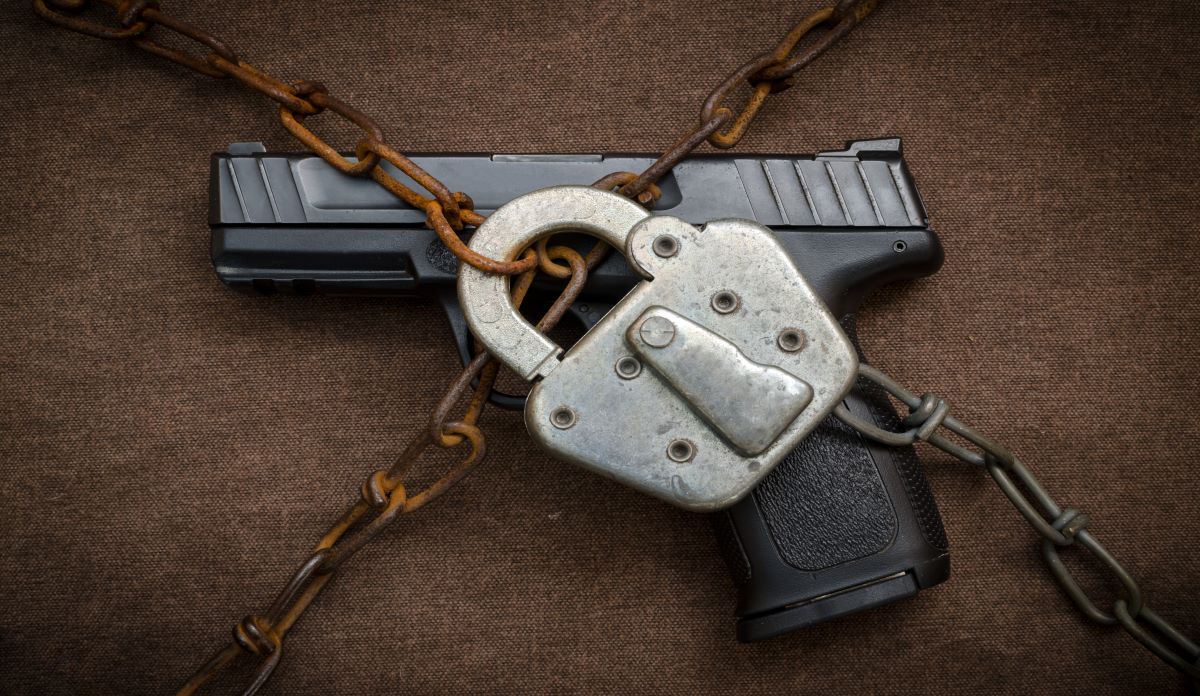Red flag laws, also known as ERPOs (extreme risk protection orders), are used to temporarily suspend an individual’s access to firearms if a judge deems they are likely to harm self or others. In the 19 states that have ERPOs which have been around since 1999, friends, family, and law enforcement officials can request such an order. After the request is granted, law enforcement remove the at-risk person’s firearms and restricts the purchase of more guns for one year. Once this time has passed, and the at-risk person undergoes a background check, the person can have access and ability to purchase guns again. Red flag laws are meant to reduce risk without criminalization.
A study by Nicole Kravitz-Wirtz and colleagues examined public awareness of and willingness to use the gun violence restraining order (an ERPO) in California, which was implemented in 2016. They analyzed data from the 2020 California Safety and Wellbeing Survey, which asked questions about gun ownership, exposure to violence, and willingness to request a red flag order for a family member in crisis. Sixty-five percent of respondents had never heard of California’s red flag law; firearm owners were more likely than non-owners to have heard of it. Seventy percent of respondents indicated that they would be willing to request a restraining order when concerned about a loved one who might be at risk for using a gun to harm themselves or others.
The researchers also investigated the reason 30% of respondents were not willing to ask for a gun violence restraining order if a family member was at risk. The most common answer was lack of knowledge. Other answers included the belief that these types of emotional crises should be family matters, and that it is never appropriate for the government to take guns.
In 2018, firearms were involved in more than 50% of suicides and 75% of homicides in the United States, accounting for over 39,000 deaths. Red flag laws aim to eliminate a threat to public safety before violence occurs, as those closest to the person in crisis are most likely to see concerning behavior. But these types of laws can only reduce risk if the public is aware that they exist, and if the public is knowledgeable on how to use them.
Photo via Getty Images














